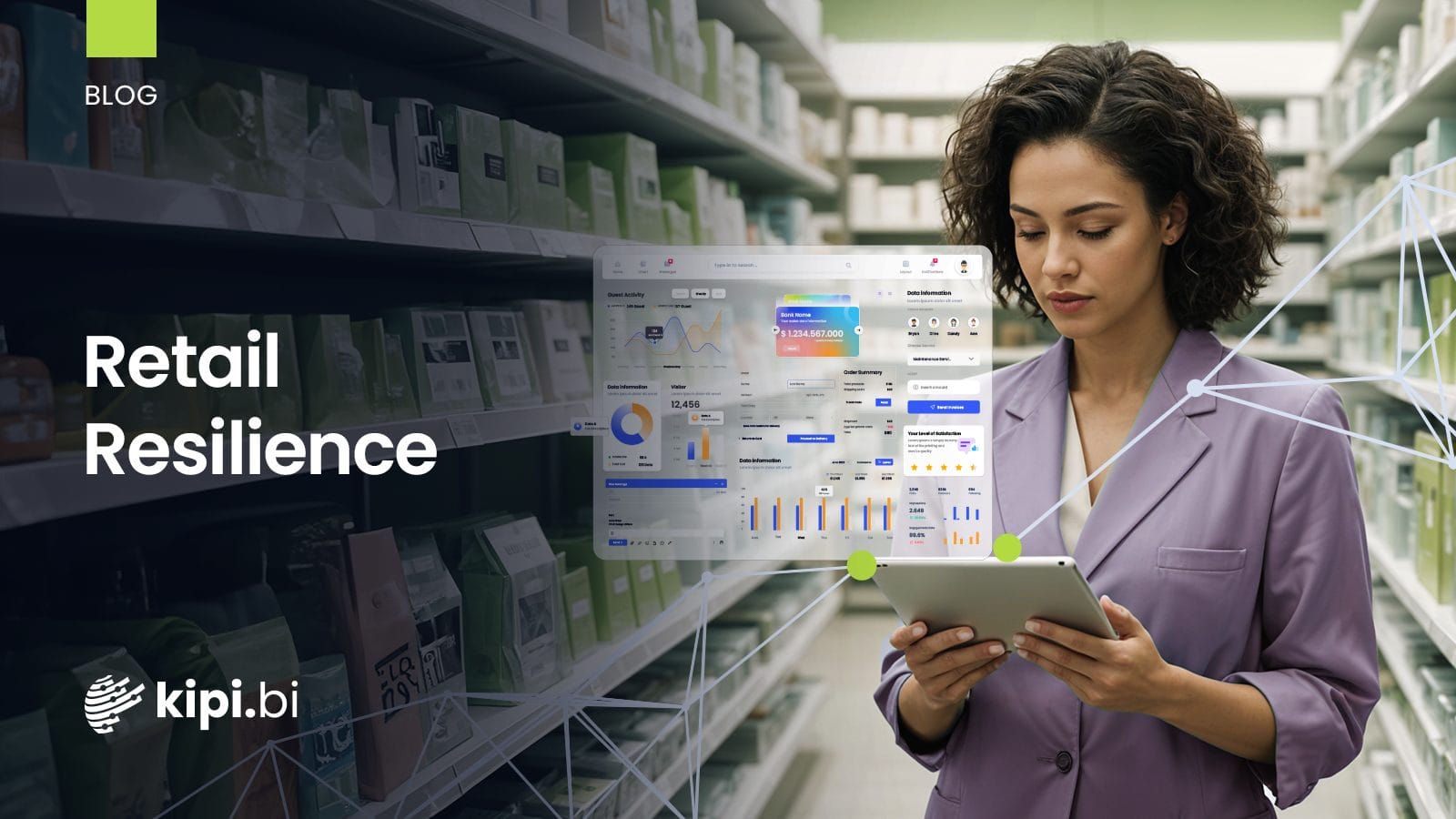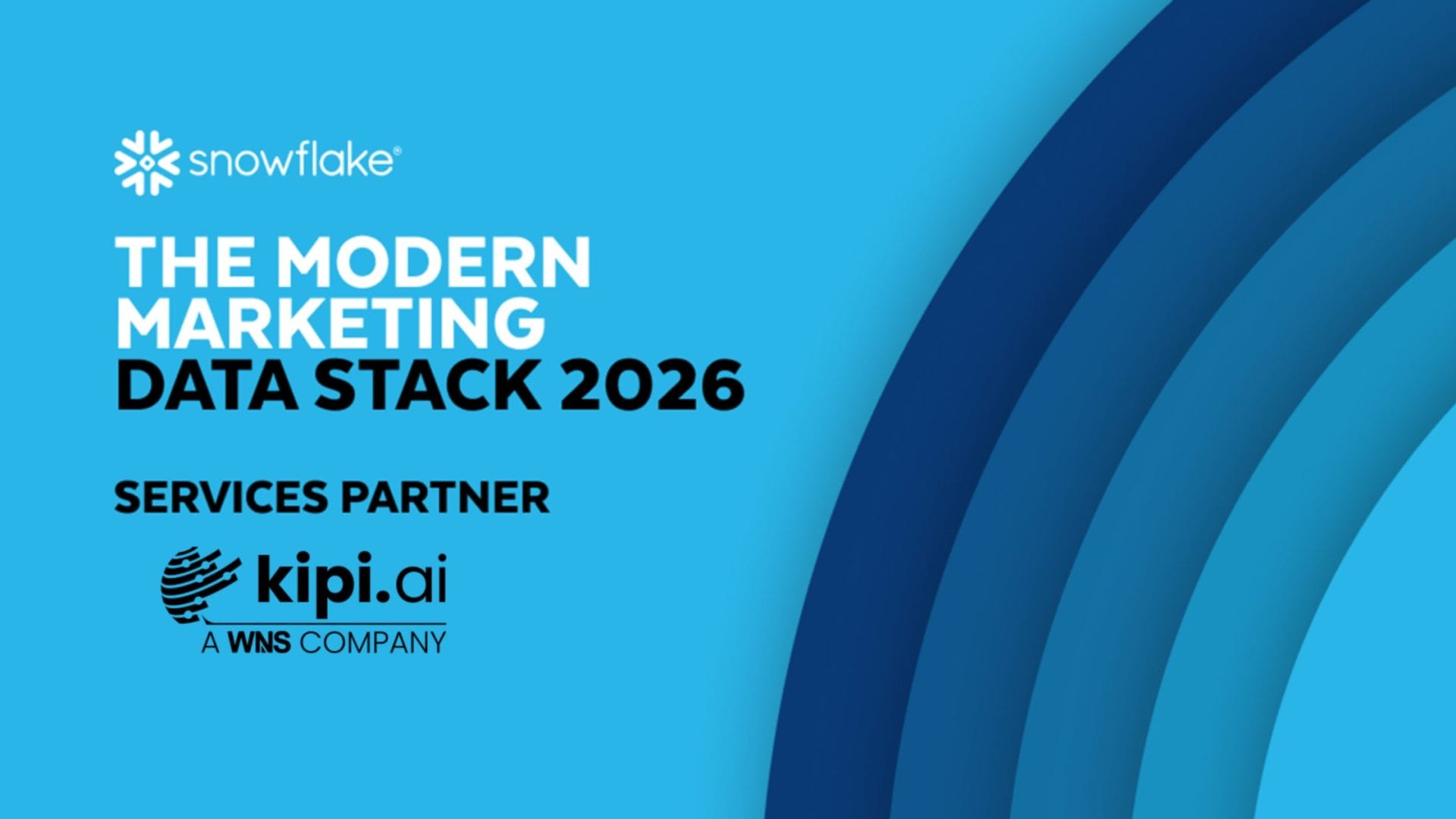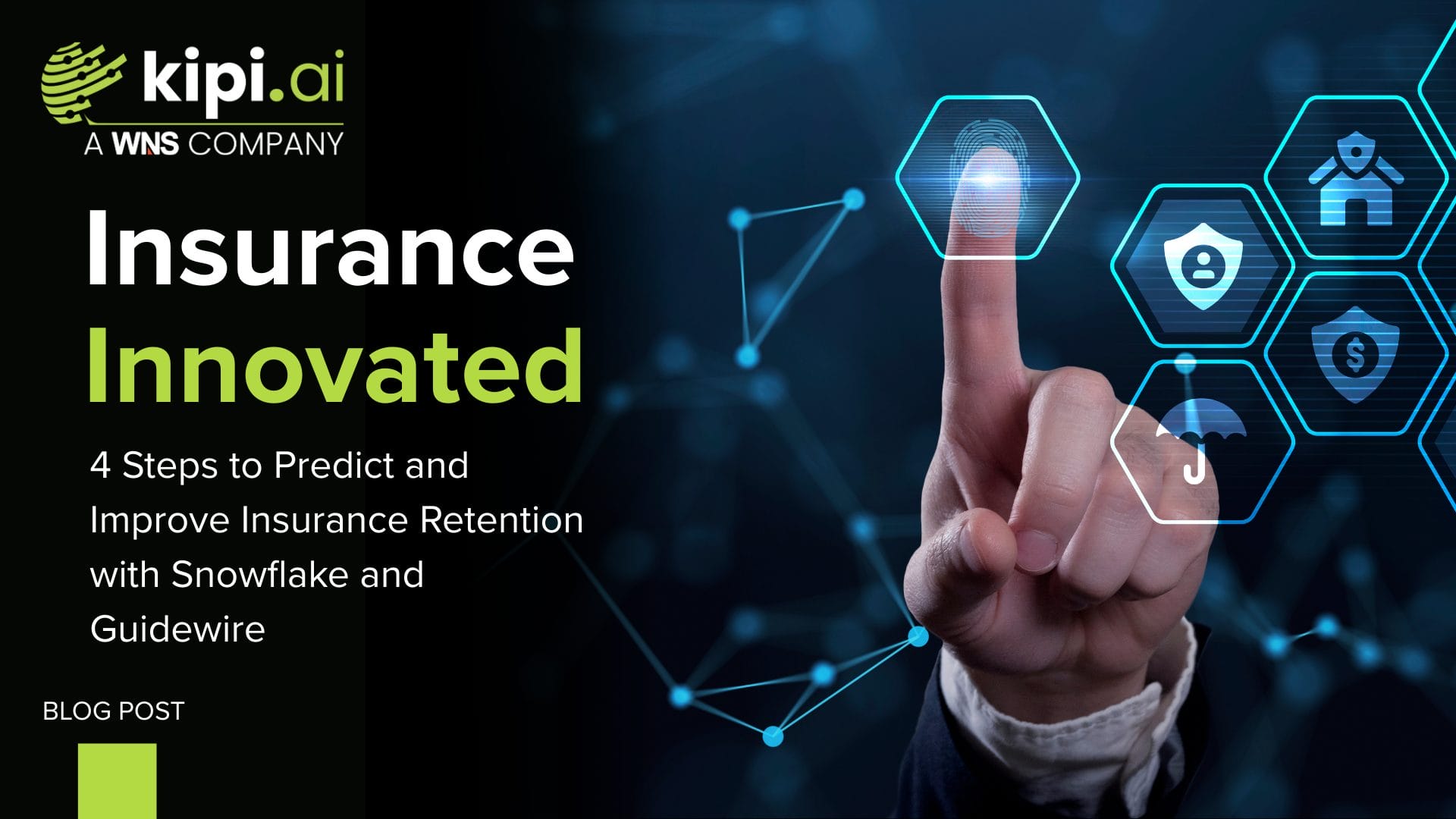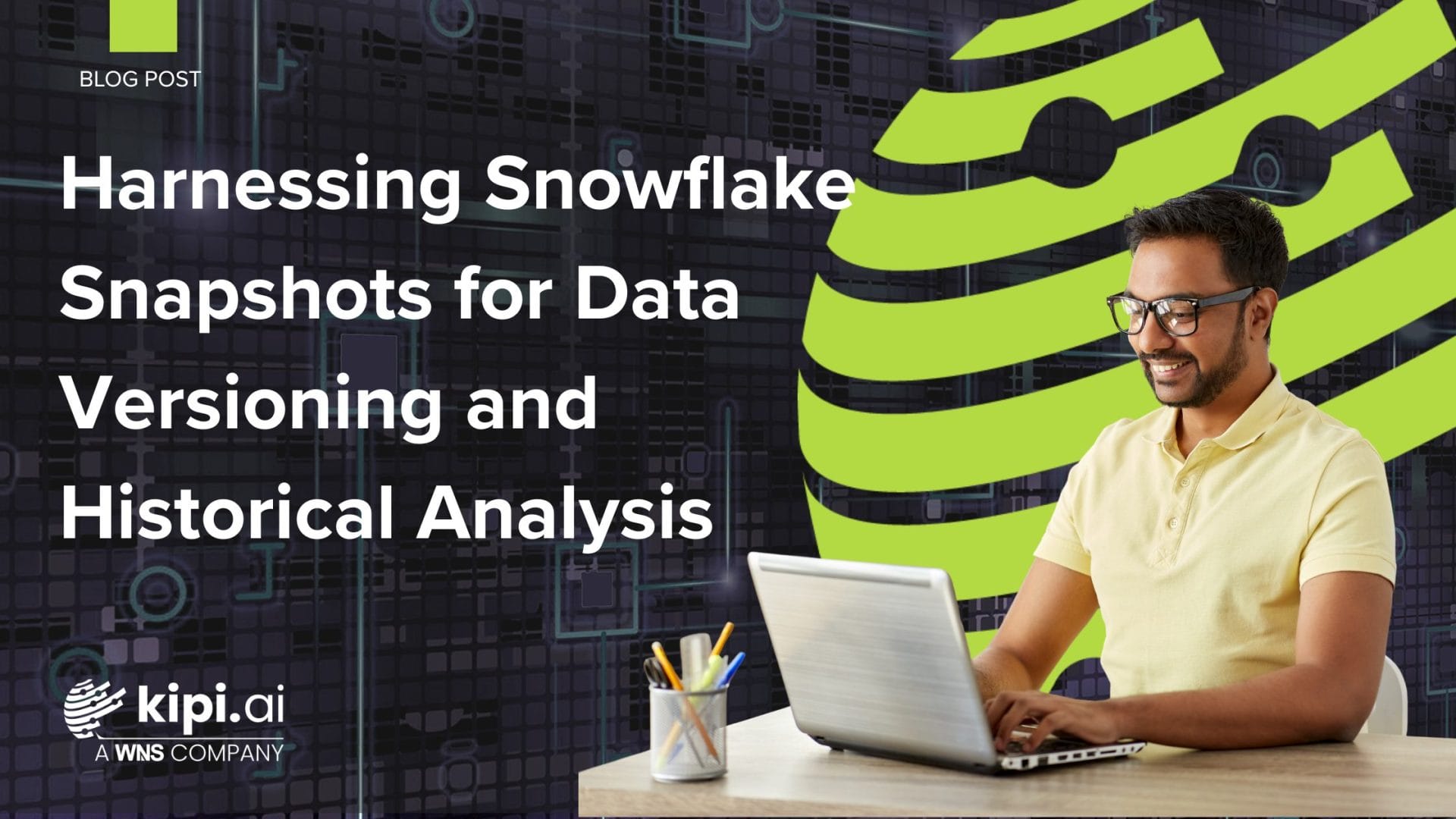Authored by – Drew Brigham
Introduction
You may have heard the phrase, “In retail, the only constant is change.” If you don’t believe that, just ask someone in the industry how much consistency they’ve experienced over the last four years. During the COVID-19 pandemic, we witnessed customers shift from brick-and-mortar to e-commerce almost overnight, saw shipping container prices skyrocket, and dealt with rampant out-of-stock issues due to supply chain disruptions. While such rapid changes aren’t the norm, shifting customer preferences, changing economic factors, and evolving regulations will continually reshape the retail landscape. To effectively navigate these changes, retailers must have an effective data strategy and understand how data can help them thrive amidst these changes.
With the major COVID-era disruptions largely behind us, there is a new set of emerging trends within retail. In the sections below, we will explore some of these trends and the data initiatives that retailers should consider to ensure they can capitalize on these and similar future trends.
Omnichannel
While e-commerce takeover once seemed possible in some verticals, physical locations are seeing a strong resurgence. Take, for example, Wayfair, who recently announced plans to open their first Brick and Mortar location (source: https://www.cnn.com/2024/04/18/business/wayfair-first-namesake-store/index.html). Omnichannel is not a new concept but the strategy is clearly here to stay.
Omnichannel cannot work with siloed data—product information, inventory availability, customer data, and more all need to be seamlessly integrated to ensure customers have a consistent and often complementary experience across all shopping channels.
Personalization
Do a web search for top trends in retail and you will be bombarded with the word ‘personalization’. According to a study published last year by Twilio, 69% of business leaders are increasing their investment in personalization (Source: https://segment.com/pdfs/State-of-Personalization-Report-Twilio-Segment-2023.pdf). Why? Personalized experiences lead to happier customers, better customer retention, higher LTV, and lower marketing costs. Personalization can involve custom-tailored product recommendations, personalized marketing messaging, an informed customer service experience, AI-based personal shopping assistants, and so much more.
Customer data underpins all of these types of personalization. To effectively personalize an experience, businesses need to know your prior purchasing patterns, browsing and shopping history, demographics, category and product affinities, price and discount sensitivity, what you’ve liked or disliked, and so much more. None of this can be understood without a robust, well-designed, unified customer database.
Sustainability
According to Deloitte’s 2023 CxO Sustainability Report, 73% of consumer industry leaders upped their investment in sustainability last year. (Source: https://www.deloitte.com/global/en/Industries/consumer/analysis/sustainability-in-retail.html). This is largely due to rising consumer demand for sustainable practices and carbon footprint reduction. These demands are rising, especially with Millennials and Gen Z customers, who are increasingly important cohorts for most brands. In addition, new ESG and climate-related disclosure rules from regulatory bodies like the SEC are on the horizon.
The data underpinning carbon emissions is often siloed across geographic regions, suppliers, and departments. Further, due to pending regulations, multiple entities from internal stakeholders to external auditors, will need access to a company’s sustainability data. To enable compliance with future reporting regulations and growing customer transparency demands, brands will need to employ effective and secure data sharing.
Rise of Retail Media
If you’re unfamiliar with retail media and advertising, go to a large retailer’s website like Amazon or Walmart and search for a product category. Look closely at how many of the resulting products are “Sponsored” listings and how many other targeted ads appear on the page. This is just one form of retail advertising, a huge and growing industry ripe for retailers of all types to capitalize on. These retail media strategies are an excellent way for retailers to monetize their 1st party customer purchase data and generate additional profit streams.
Data is responsible for the success of retail media in several ways. First, ads are more successful when personalized and as we described earlier, customer data is the key to personalization. Second, retailers need to be able to communicate advertising campaign data efficiently with brands who are purchasing their ads. Conversely, CPG brands need this data to evaluate ROI and make decisions on optimizing future advertising spend.
Conclusion
The retail industry continues to be a dynamic and ever-evolving landscape, where staying ahead means embracing change and unleashing the power of data. The trends we discussed highlighted the importance of a modern, scalable data platform like Snowflake where companies can break free from siloed data, establish unified data models, securely share and monetize data, and so much more. By focusing on developing these effective data strategies, retailers can navigate the complexities of the modern market, meet consumer expectations, and drive sustained growth. The only constant in retail is change, and those who can leverage their data effectively will thrive.







